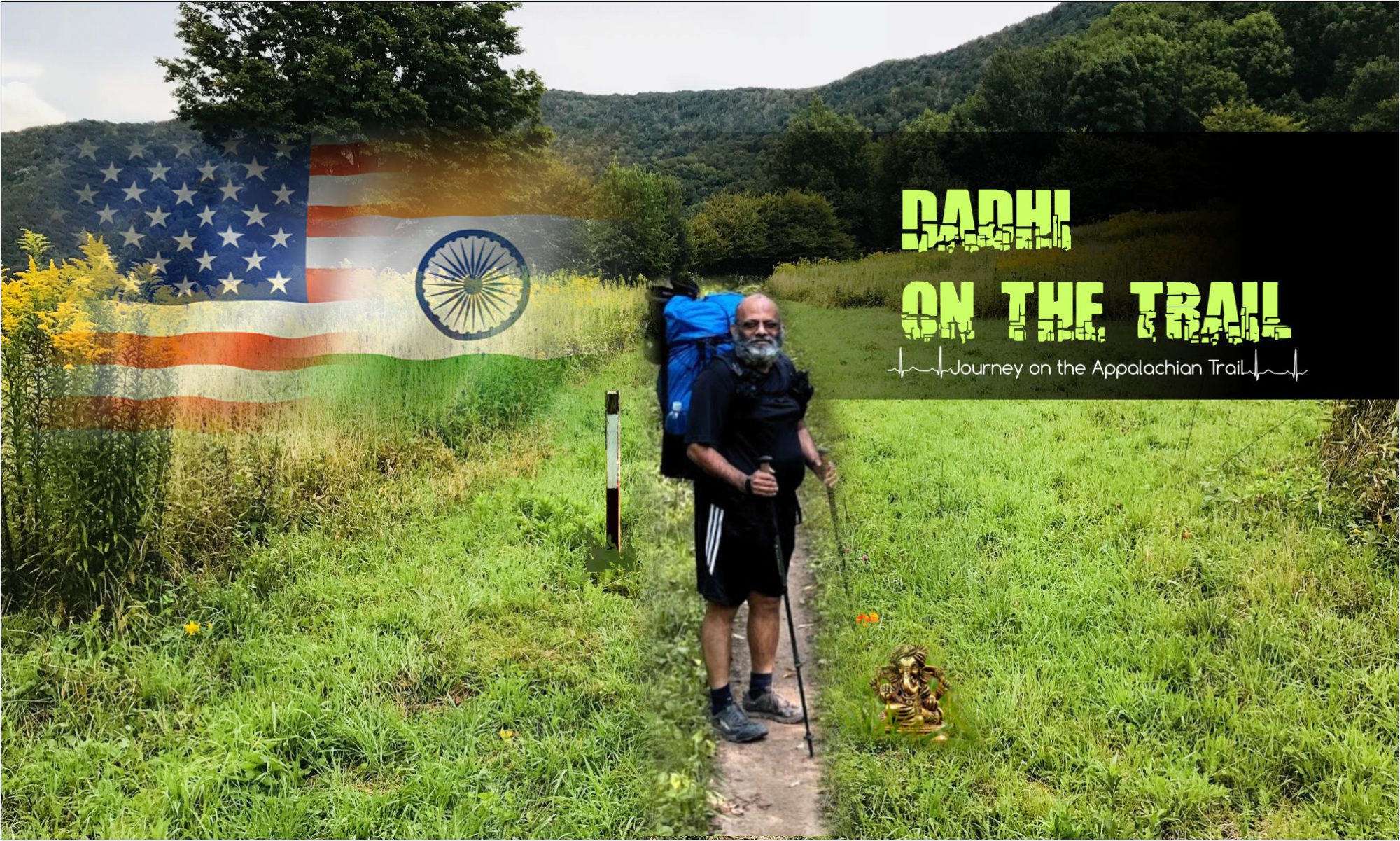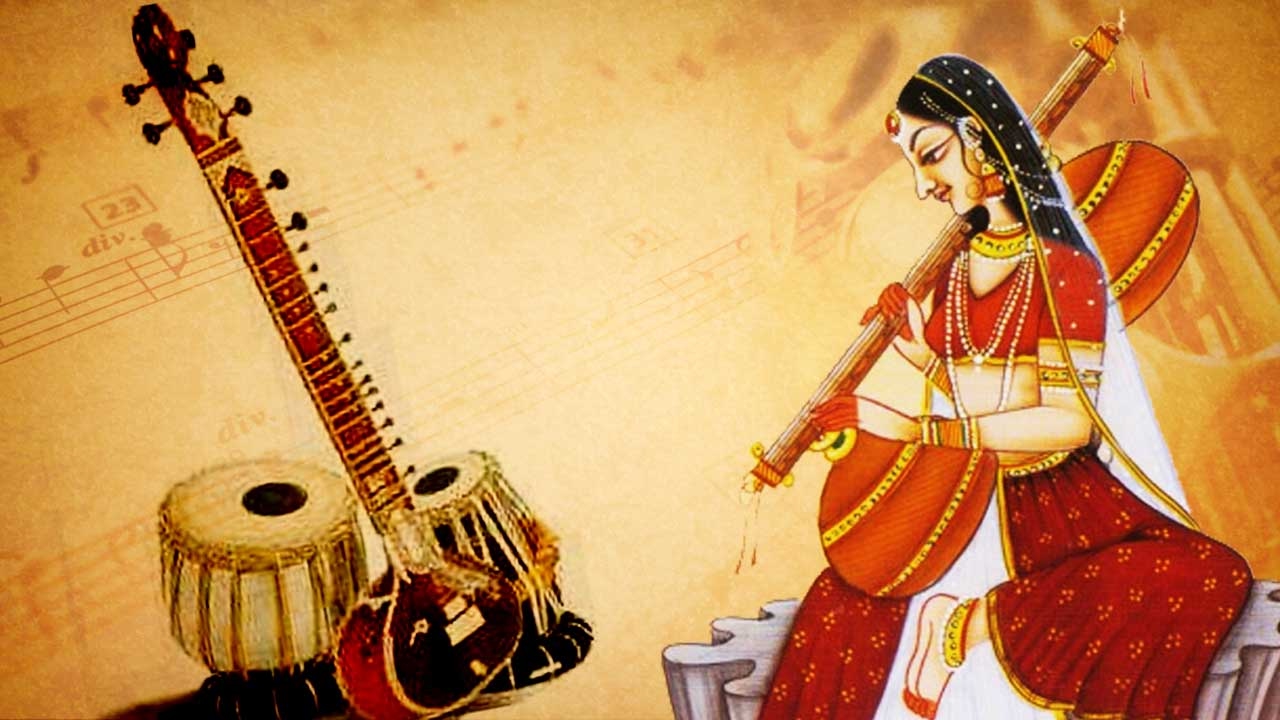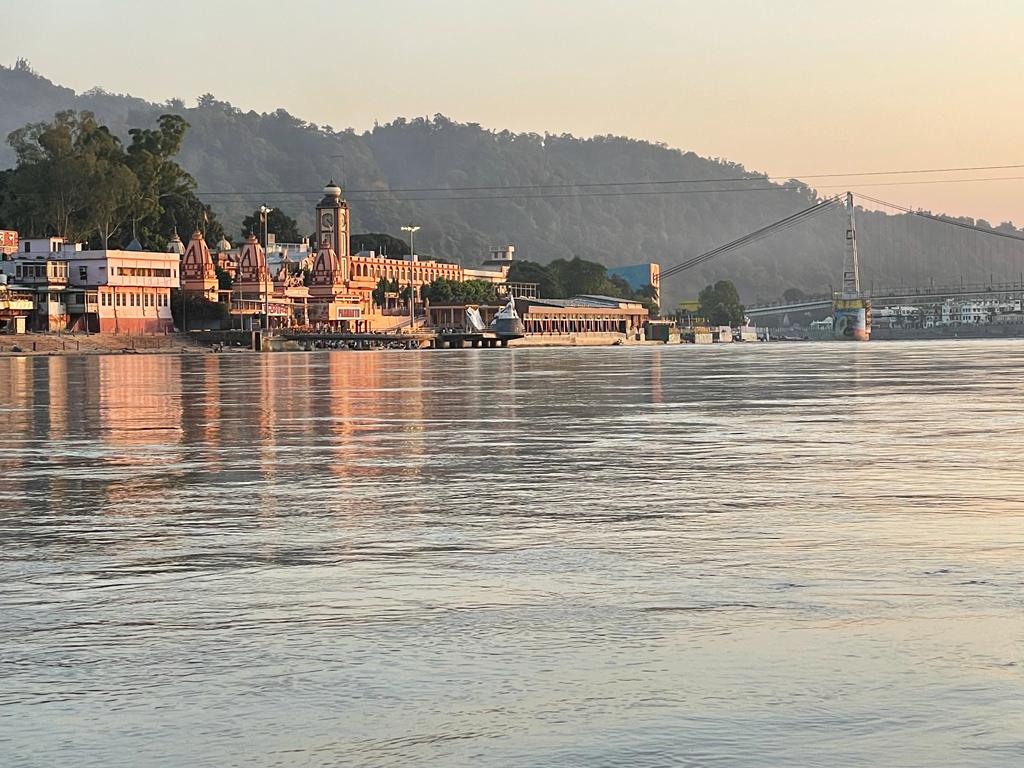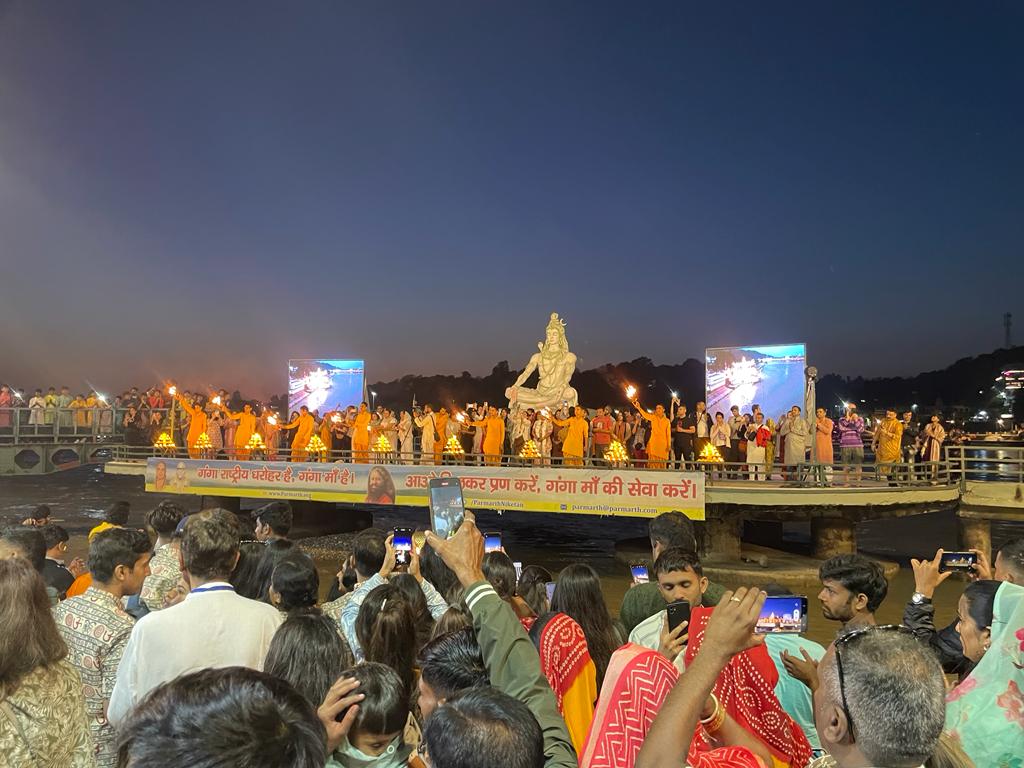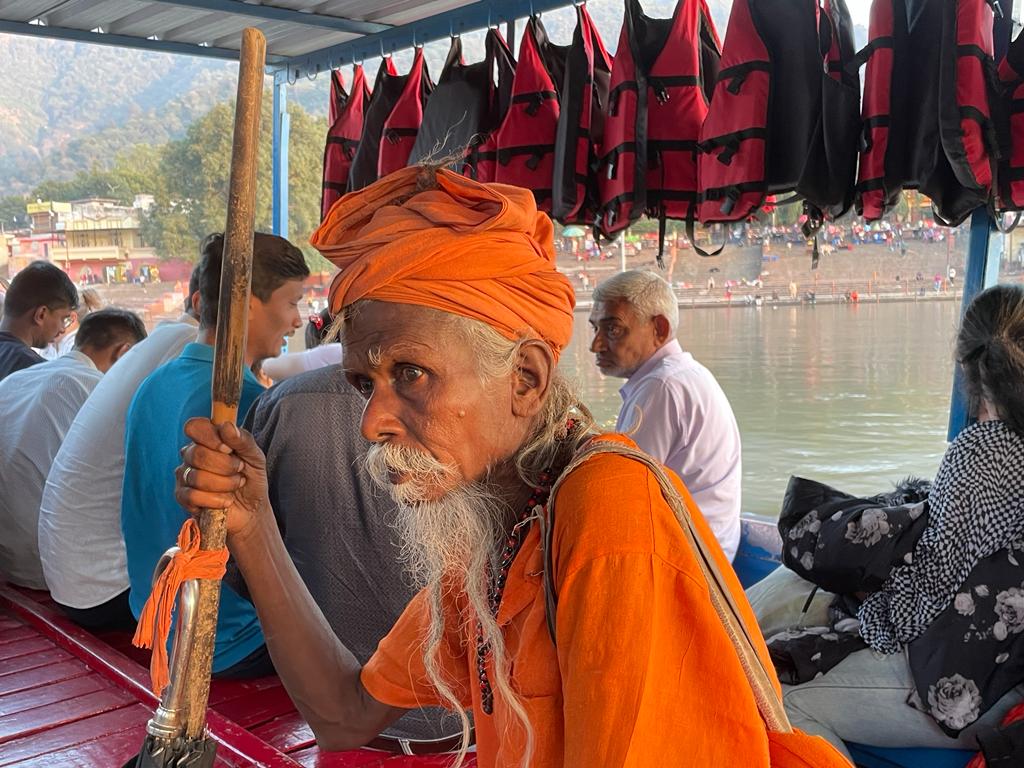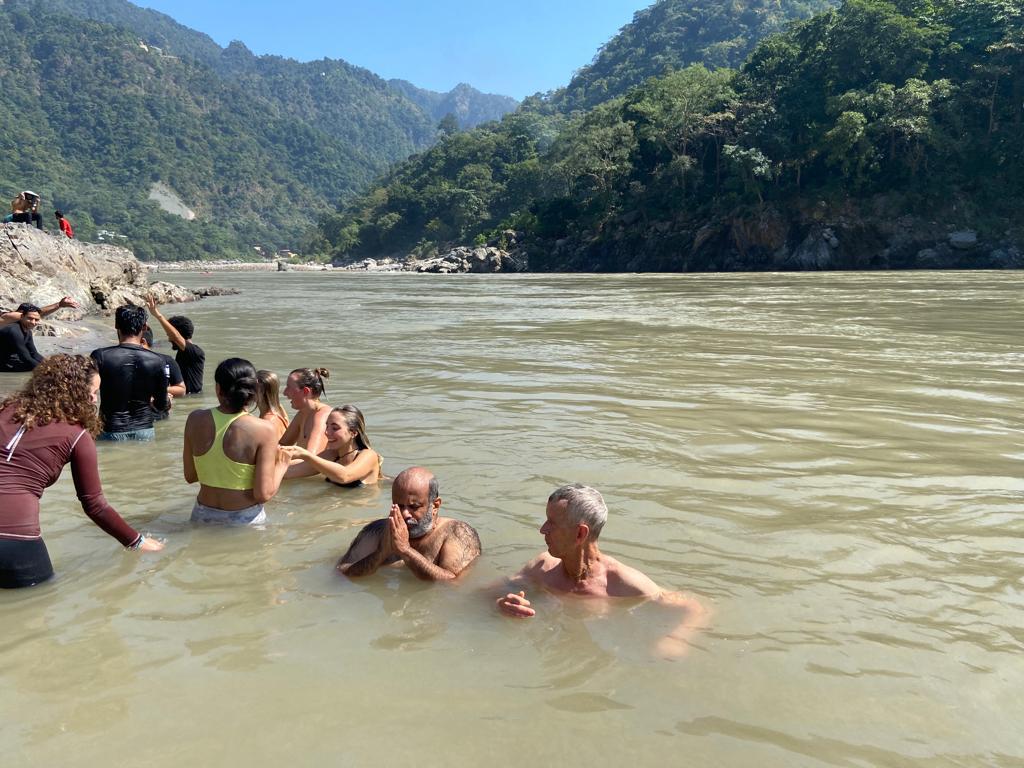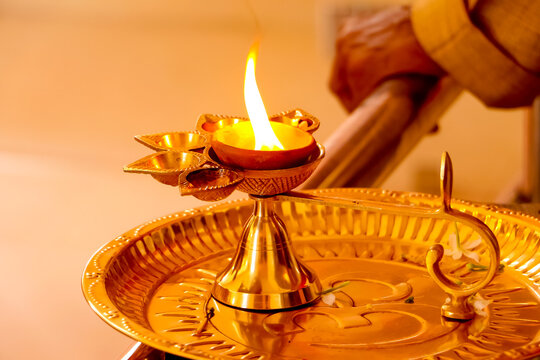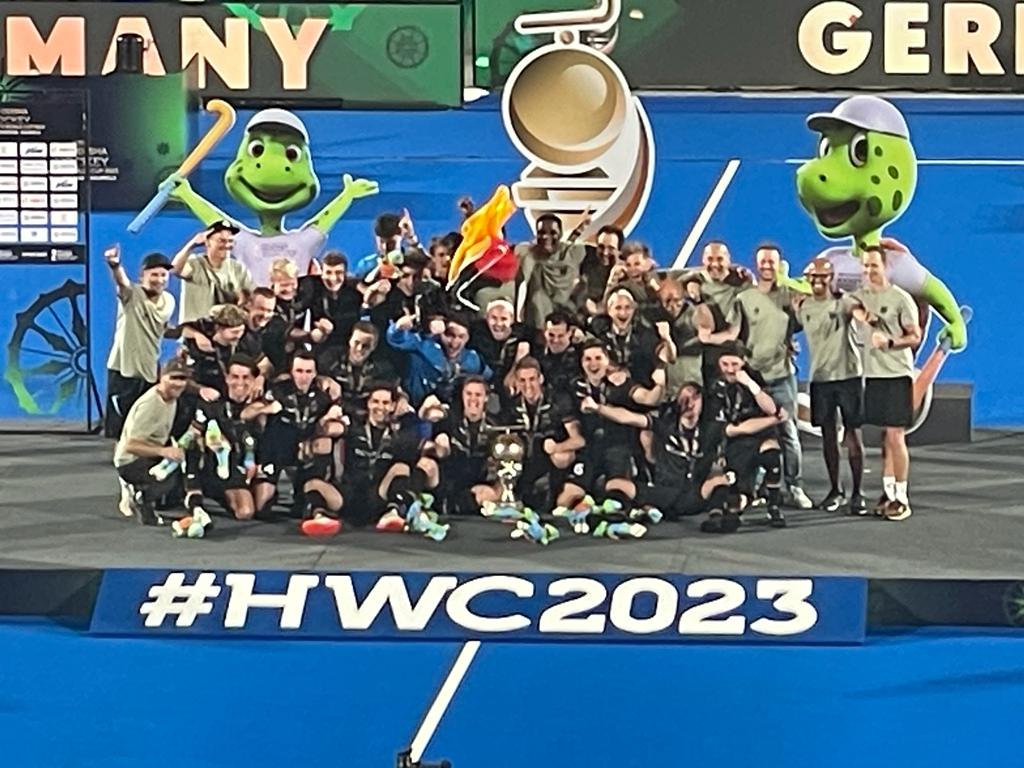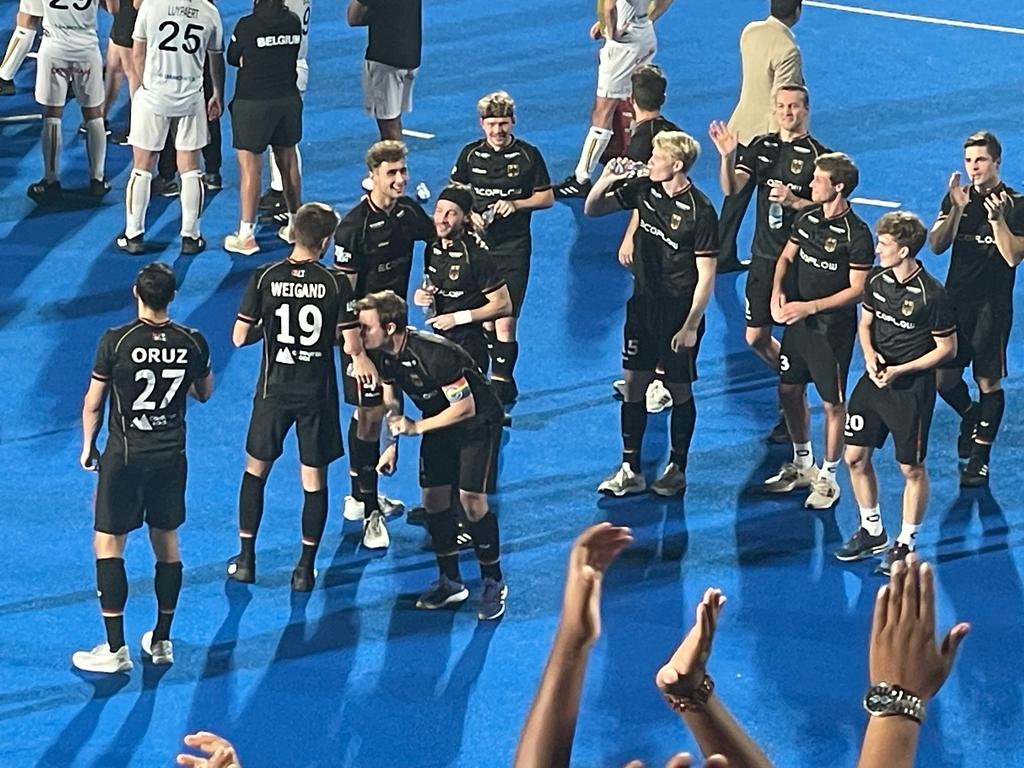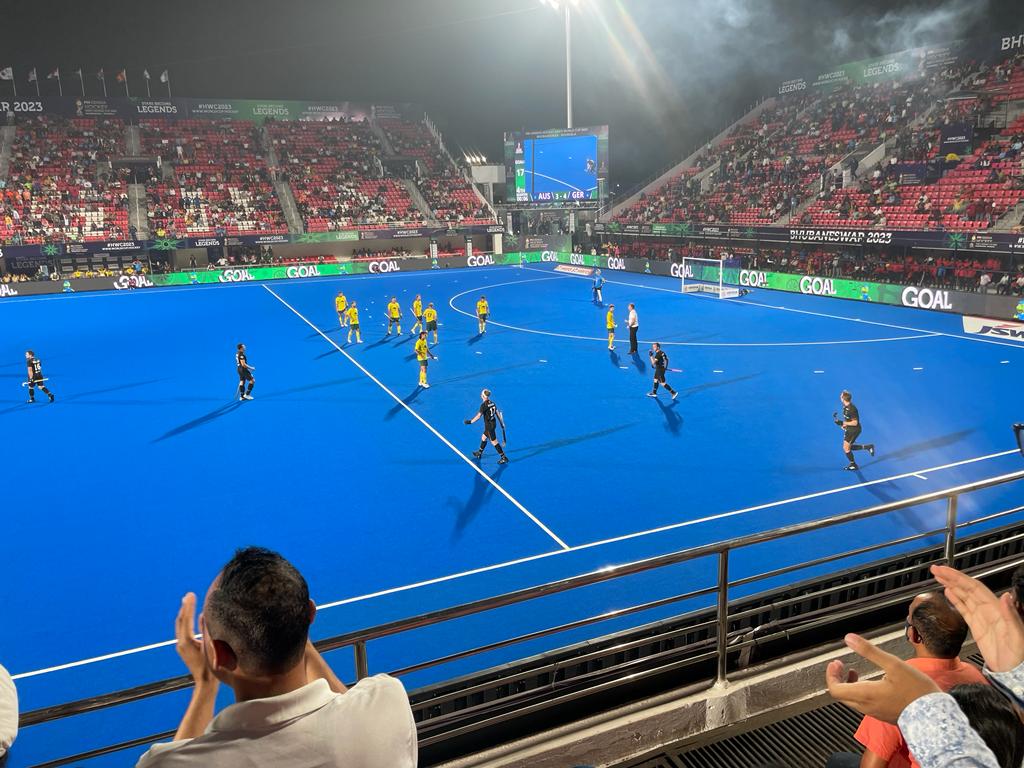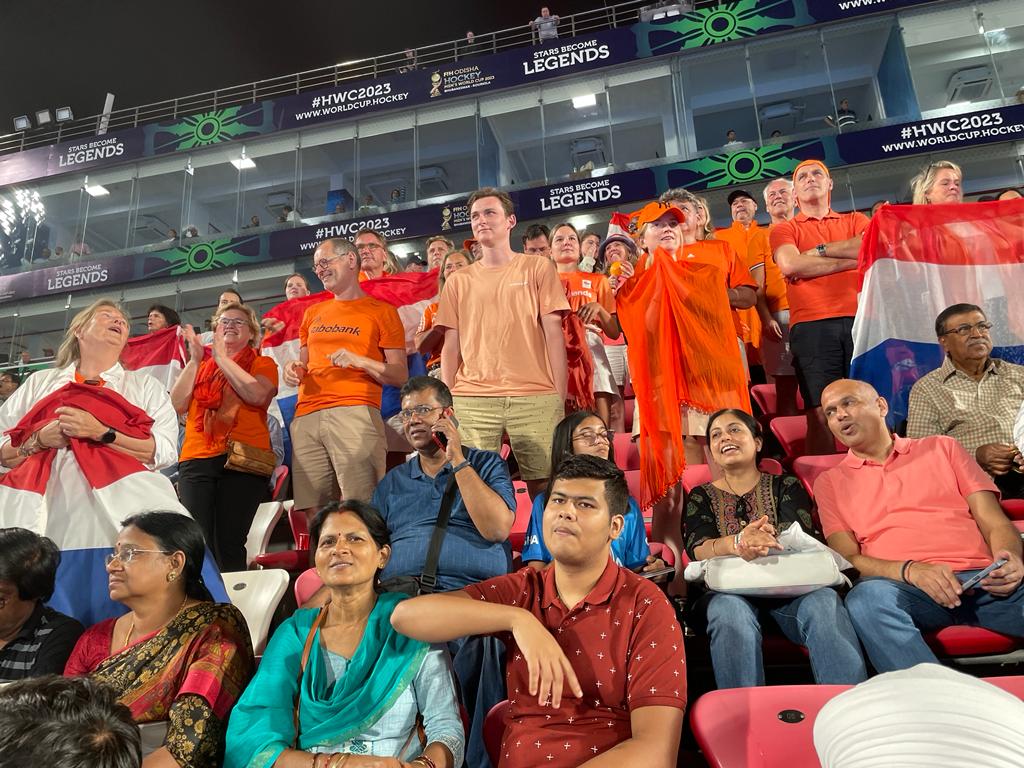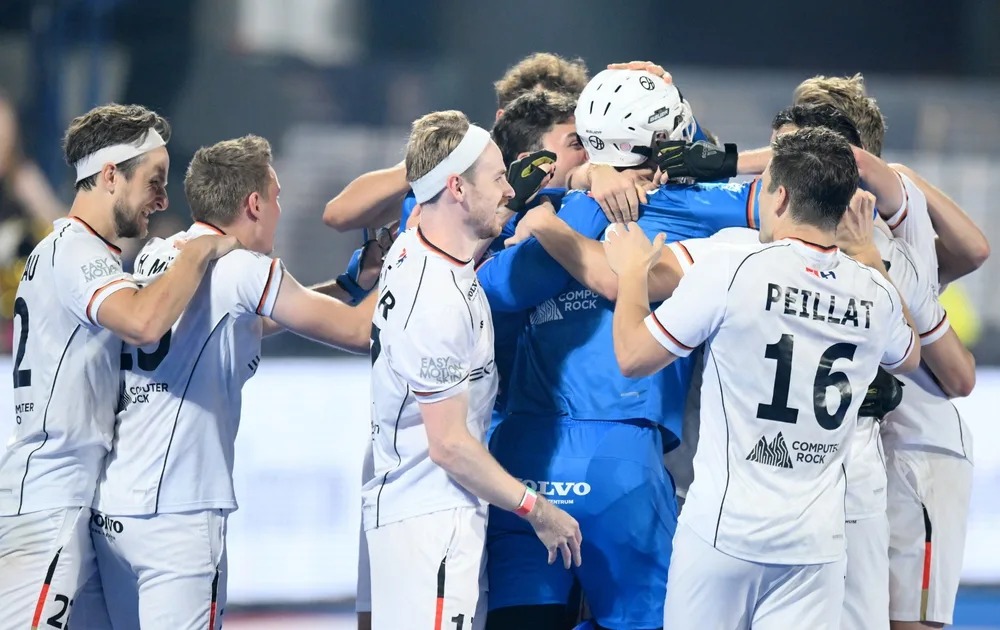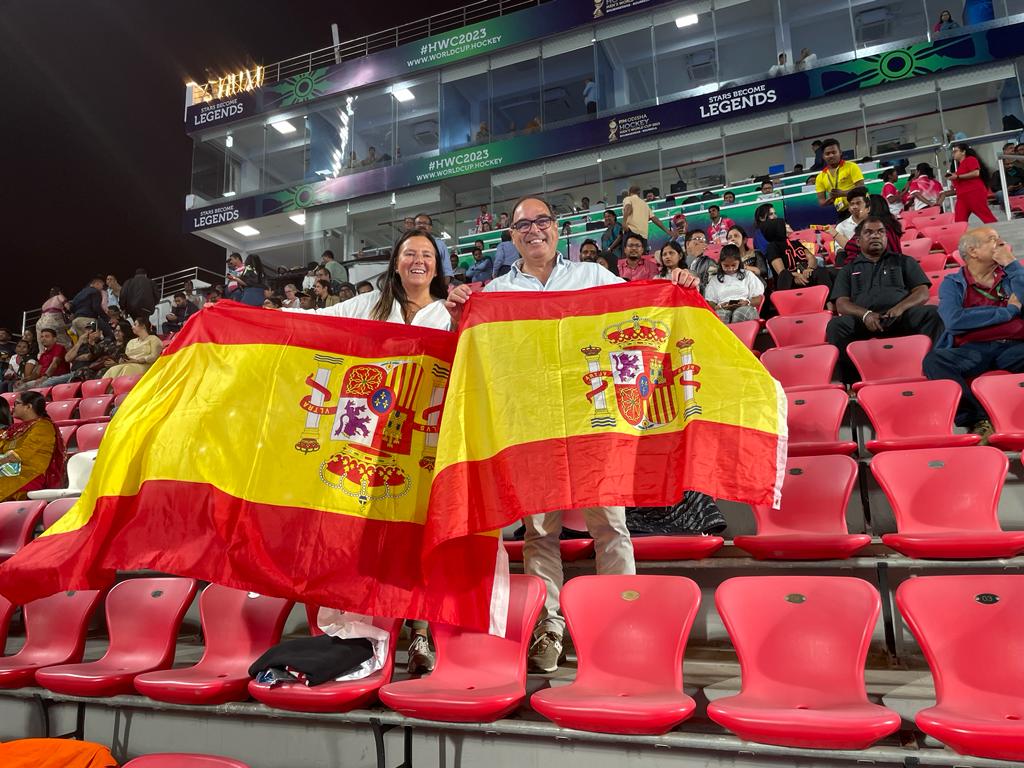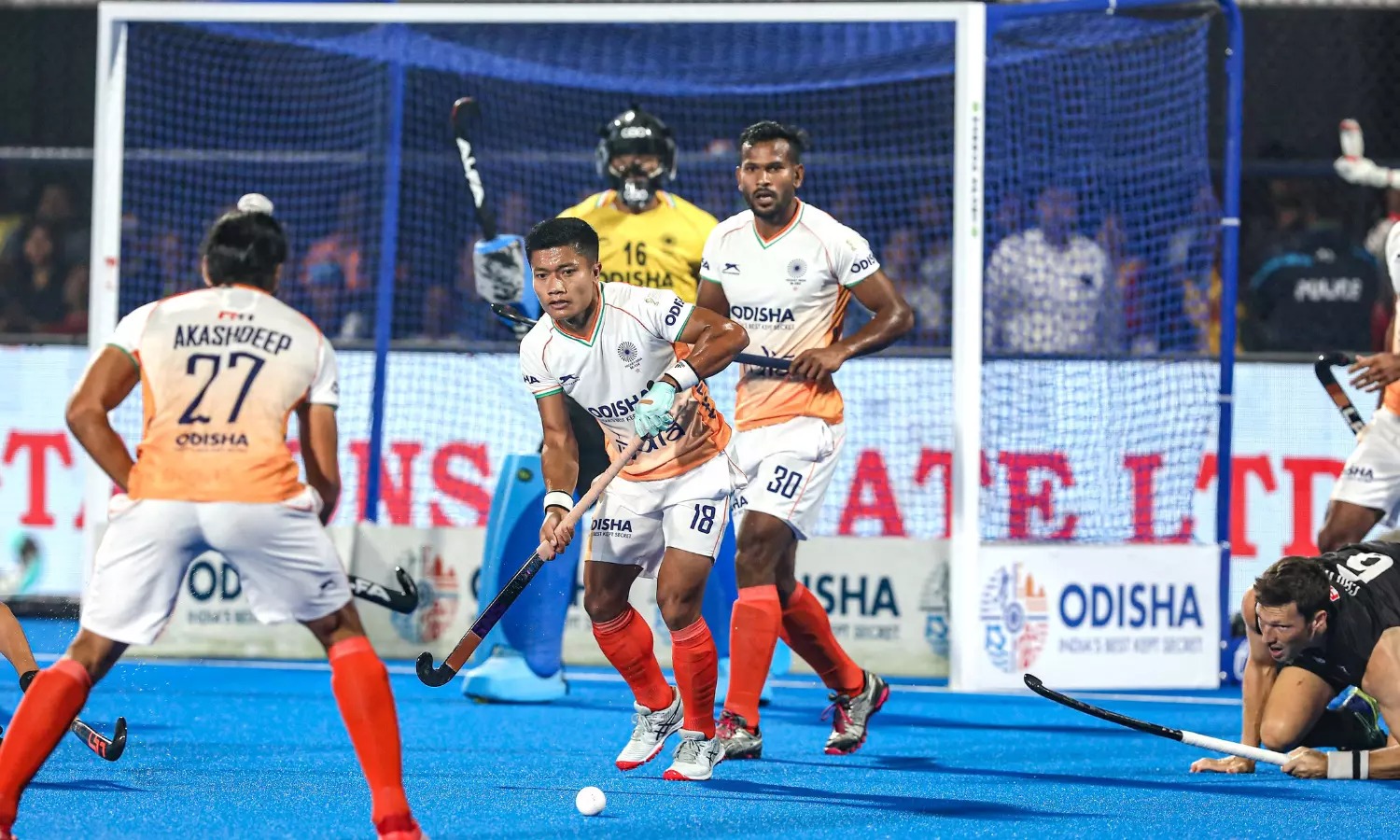There was a discussion on the National Education Policy (2020) in India on our college (The Indian Institute of Technology, Bombay, called IIT in this article) batchmates’ WhatsApp group. As per this policy, local Indian language as the medium of instruction is mandatory until 5th grade, while English language as a subject can be continued in the schools. The medium of instruction can only be shifted to English at that point, if desired. (That is how we all understood this policy). Debate continued among my college mates about the merits and demerits of such a policy. However, I am writing it here because one of the friends wrote his personal story, and I responded with my story. They are described below (with my friend’s permission, of course).
If you are not from India, you may need to know the following two things before reading below: (1) There are multitude of Indian language, not dialects, with their own scripts, grammar and words, and (2) similar to many countries, there is multi-layered privileges in the Indian education system. One such privilege, at least in India, is the medium of instruction in which you are taught various subjects.
—————————————–
Friend 1:
As a Gujju (a colloquial slang word for a Gujarati person) born in Hyderabad, the first language I was taught is Hindi (Hyderabadi flavor). That’s because back then, our interaction was mainly with ayahs, maids, neighbor kids and nursery classmates. And we continued this tradition with our kids and grandkids too. The only Gujju I spoke was with my grand mom.
But I was sent to the elite HPS (Hyderabad Public School) where even the dining hall bearers and school bus drivers spoke in English. My days at school convinced me that in order to excel in physics, chemistry and other science subjects, and get admission into engineering college, English was the only language that could do it for me.
When I came to IIT, I experienced some kind of a cultural shock…. So many guys from the vernacular medium…(students whose medium of instruction was the local Indian language). How did they write the formula for Copper Sulphate in Marathi? How did they know about differentiation and integration? About sp3 hybridization and bond orbital formation?
To my pleasant surprise, I found these guys from the vernacular medium to be some of the most brilliant minds that I’ve ever met and the net result was that I would often seek their help in clearing my doubts. (on the few occasions that I tried to study seriously)
And sometime during our second year, I read one article by Mahatma Gandhi published in Young India where he denounces the English language (and ironically, the denouncement was in English) and mentions the example of Japs succeeding in technology and electronics without the use of English. And that led me to think that yes… Come to think of it… The Japs, the Russians, the Germans, the Chinese… All have done well in managing economies, spacecraft, science and technology without needing the English language.
And finally, I came to the conclusion (and still believe) that the primacy of English language in India is a curse which has created an inequitable elite and now, we’re too deeply trapped in it to be able to overcome its necessity.
BTW, these cross-cultural linguistic influences have led me to know English, Hindi (Dakhani), Hindi (normal… Textbook type), Gujarati and Telugu… In this order. But sadly, I cannot claim proficiency in any of these languages. 😞
——————————————————
Nitin (Dadhi):
OK, my story is exactly opposite of yours.
At the end of 10th grade, for the first time ever, my teacher showed up at my home. Suddenly, my home turned into a high-stress chamber. She told my parents that “Nitin is good in science and math, but he can not survive with a score of 46/100 in English in his life. His future is in trouble.” My parents had never gone to college and were barely conversant with the English language. But they had started one of the successful schools in Dombivali, my hometown (call it a paradox, irony or whatever English word you want to use!) and had great contacts all over our town. I was promptly connected to the Professor of English, Professor Gadgil, from the SIES college. On a side note, the Head of the Department of the English language at that time in the SIES college was the most influential Marathi poet, Vinda Karandikar, who won the prestigious Dnyanapith award, not in English, but in Marathi. Professor Gadgil offered to review my two essays per week, and asked me to start reading English books, such as Enid Blyton. Believe it or not, even in the 11th grade, I could not figure out the head or tail of such elementary story books. Over time, I developed an all-crucial skill of survival by securing passing grades with 37/100 in First Year and 39/100 in Second Year English at the SIES college before heading to the engineering college. It may appear to be a “proud” story of struggle and survival. But trust me, this was and still is a pretty embarrassing story of my struggle of learning English (and missing out on some incredible novels and poetry in this language).
Back in Dombivali, we were told that rich students with a fancy English accent are typically ignorant students (maybe to mitigate the inferiority complex of vernacular students). When I entered IIT, it was a shock! Here, I could not believe all these brilliant students, deep diving into Asimov’s Sci-Fi literature, narrating stories from R K Narayan’s books and fluently quoting Khushwant Singh, then editor of the “Illustrated Weekly” magazine. Obviously, it did not help me to overcome my inferiority complex! It was a long long climb out of the ditch! And then finally being able to introduce my father proudly to the friends as a “daily wage earning kamgar (blue-collar worker)”.
Here are the two associated anecdotal stories!
After the first semester, I realized that I got an “A” grade in MA101 (the subject in which the class did not do well). I came back to the Hostel 5 dining hall and screamed in the usual IITian lingo, “बना दे! (super work!)”. The friend sitting next to me said, “Nitin, I did not expect it, man!”. Even in my overwhelming emotions of jubilation, I still noticed this comment. I asked “ahh, why?” He said, “Nitin, your English is not that good!” Yes, there are many apparent contradictions in his comment. But the real story is that I ACCEPTED his statement as a matter of fact at that time without noticing the contradictions !!
Next story happened in the USA. Mike and Betsy and their children are our family from another continent. When my mom was visiting them here in the USA, she was embarrassed that she did not know English to converse with them. When she mentioned it to Mike in her broken English, he said in his usual humble manner, “Your English is better than my Marathi.” I neither had this perspective of my Marathi vs English, nor was it drilled in my head by anybody during my formative years.
One clarification! When I read my story again, one thing does not come out explicitly. So let me write it down. My inferiority complex was self-inflicted. If at all, my fellow friends pulled me out of it in IIT. I cannot thank them enough!
—————————————————-
Friend:
Opposite story… True. But the end result is the same I think. Both of us learnt that there is merit in vernacular and that English creates an unnecessary class divide
——————————-
Friend 2:
A few months back I watched the movie ‘Hindi Medium’ that playfully highlights the challenges of securing admissions in prestigious schools in India and the extent to which parents will go to give their kids a good start in life. The words ‘Hindi Medium’ strike a chord in my heart. My earliest memories are of a small village in the faraway district of Palamu in Bihar (Jharkhand today). The village had only one school operated by the Company for all children in the colony & the adjoining villages. Naturally Hindi was the medium of teaching. So off I went learning in Hindi. In my third grade my father was transferred to the city of Porbandar at the other end of the country and the choices of learning were between English and Gujarati. Strange as it may sound today, until then I did not know a word of English! For the two weeks we took getting there including a stopover to see my grandparents, my mother taught me English using a pen and paper. I had never read the language in print. When the school Head Master asked me to try reading a few words, I stumbled at the first – dog! The ‘d’ and ‘o’ I understood but I hadn’t the foggiest idea what a letter with two circles connected by a line was! My test had ended on the first word with a big failure! The Head Master was Oxford educated and made a gentle but futile attempt to persuade my father to start me off from grade 1 all over. My father was having none of the arguments about the psychological damage that pushing me to learn in a totally strange language could do. I must have done pretty well in the first set of tests a month or so later. I recall it moved the Head Master to come bounding into our class and congratulate me while berating the rest about how a student had come in from so far behind to score better than them!
Although I completed the rest of my education in English, I never could say my multiplication tables in the language. Much to the consternation of my teachers I would generally do well in Math but flunk the orals when asked to recite ‘Two Threes Are’. It was always ‘Doe Tiya Chhe’ in my mind!
Midway through the year, we found ourselves deep in the heartland of Tamil Nadu (Madras state as it was called then). Even though I went to an English medium school, my struggle had not ended as the teachers wrote in cursive script and I would sit in class with a blank look on my face. Once again it fell to my mother to bring me up to speed in the new script.
Fast forward thirty odd years – when our son was born my wife and I decided we would start him off in Marathi. We knew eventually he would speak English and worried if he did not know Marathi during his early years he would never eventually learn his mother tongue. We were living in the upscale Mumbai neighborhood of Pali Hill then. When it was time to get admission to school, the teacher was dismayed and asked me how my son could join the school since he did not know a word of English. Gently I asked her, ‘Madam, if I teach him English are you going to teach him Marathi?’. That is where it ended. By Grade Eight my son’s English Teacher was reading his essays out to the graduating high schoolers.
In our family my wife is another example. Today she converses pretty decently in English. Her friends and many acquaintances have been surprised to learn that she has done all her education in Marathi and started to speak English only after we were married and moved to Gujarat, later Mumbai and thereafter outside India where she was compelled to speak in English.
My take away from these experiences is that the human brain has a humongous capacity to learn new things especially languages. Never underestimate your capabilities and especially those of children. I am somewhat dismayed when I see parents avoiding teaching their children their mother tongues for fear of ‘confusing’ or ‘overburdening’ the child. I feel like narrating my experience and that of our family. If we could do it so can you!
English language fluency is a strength that India definitely has. It is important to know the language well for people aspiring to make a mark in the world. However, knowing your mother tongue gives you the appreciation of your culture. Those roots are critical foundation to sculpt a strong edifice of one’s life.
——————————–
Nitin (Dadhi) Anturkar (December 2023)
